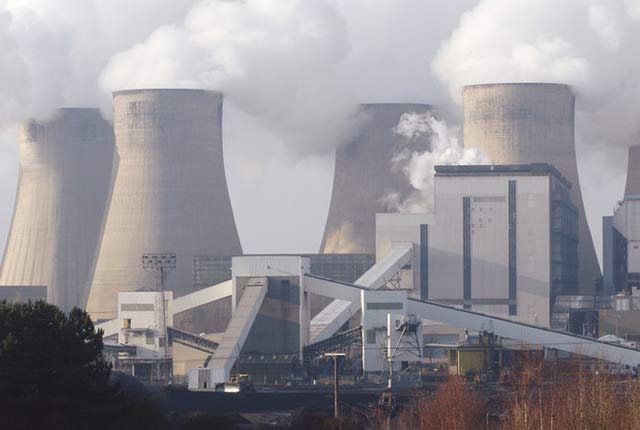Important new report outlines status of geological storage of carbon dioxide in Europe
The latest news on the status of geological storage of carbon dioxide in Europe is outlined in a comprehensive new report from CO2GeoNet.
22/12/2021 By BGS Press
Carbon capture and storage (CCS) has an essential role to play in creating pathways to the UN Paris Agreement‘s 1.5°C target, which requires significant emission reduction and even negative emissions.
A new report from CO2GeoNet, the European network of excellence on the geological storage of CO2, showcases progress made over the last decade on the implementation of CO2 geological storage. This is a process where captured carbon dioxide (CO2) is stored in rocks deep underground, offering a key solution to mitigating the impact of climate change.
Comprising organisations from 21 European countries, CO2GeoNet brings together over 300 researchers with the multidisciplinary expertise needed to address all aspects of CO2 storage. BGS is one of 27 member research organisations to provide scientific expertise.
CO2GeoNet’s research aims to fill knowledge gaps to enable safe and widespread deployment of CO2 geological storage. An independent and authoritative network, it also offers scientific advice to non-governmental organisations, regulators and other key stakeholders, and helps to build trust in geological CO2 storage. In November 2021, CO2GeoNet hosted events at the COP26 Climate Change Conference in Glasgow.
Europe has ample storage capacity and is driving towards commercial deployment of CCS as a result of political ambitions for net zero, supportive regulatory frameworks and cutting-edge research and innovation.
This report summarises the state of play of CO2 geological storage in Europe and offers the reader the latest information on a country-by-country basis from national experts, highlighting hot spots, remaining barriers and growing practical experience in safely storing CO2 to reduce emissions.
Ceri Vincent, BGS geoscientist and CO2GeoNet president.
The role of CCS in meeting national emission targets is under discussion in many European countries. For example, the UK Net Zero Strategy (October 2021) encompasses the ambition to capture 20–30 million tonnes of CO2 per year by 2030.
CCS is of increased interest in cutting emissions from industrial and energy-intensive sources where other options are limited. Several ‘full-chain’ CCS projects, which link CO2 capture, transport and geological storage, are evolving, including large-scale, cross-border CO2 transport infrastructures. Research projects on aspects of the CCS chain, funded by both European Union and national programmes, have made significant advances in refining aspects of CO2 storage.
These recent developments have motivated CO2GeoNet to prepare this report, which contains the latest information about national policies and climate protection strategies. It addresses national legislation and regulations and includes up-to-date, country-by-country information regarding national storage options, potential and capacity. It also describes large-scale demonstration projects as well as pilot and test sites for CCS, and includes important research activities and the latest news about public awareness and engagement activities.
Read the full report.



